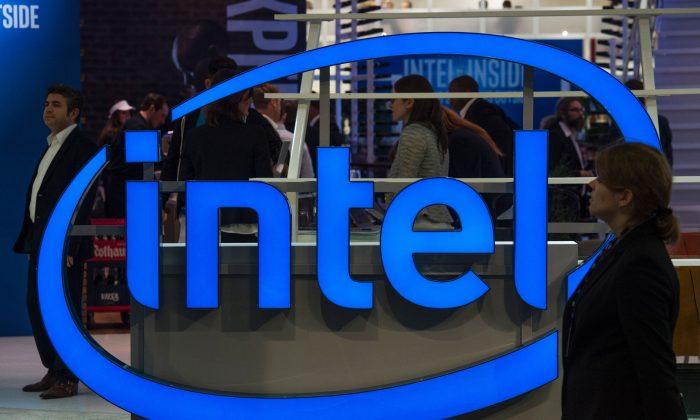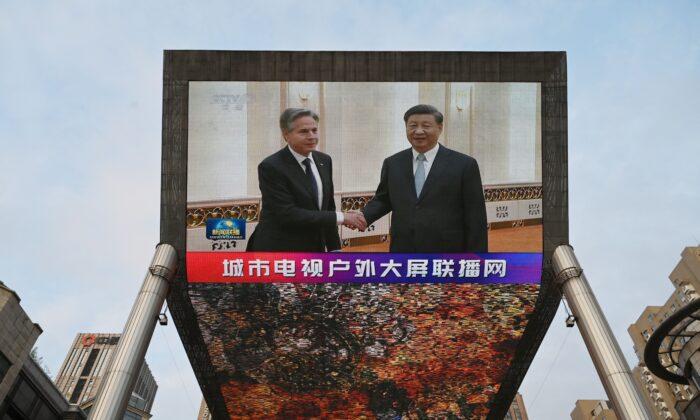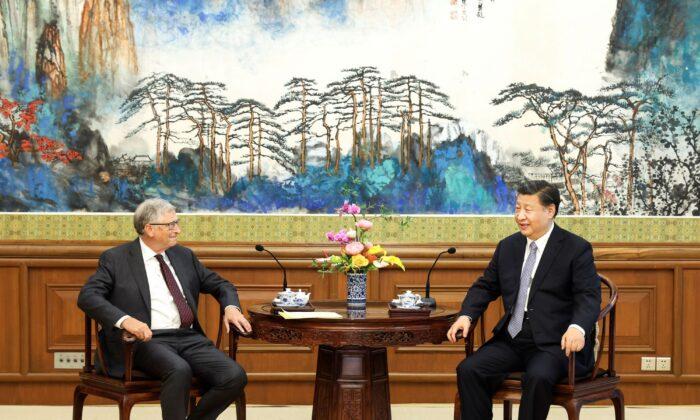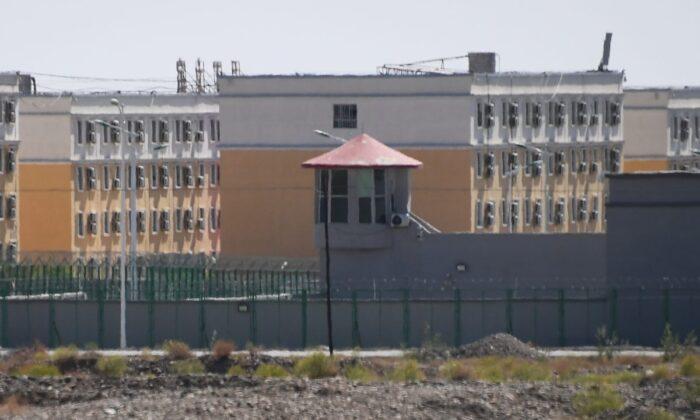As the chip wars heat up, China and the United States are working on diverging, according to author, journalist, and media entrepreneur Rebecca Fannin.
In her opinion, U.S.–China relations are at a low point.
“In the past, we had cooperation and coordination in R&D [research and development], and in many fields—particularly from Silicon Valley … And I’ve seen a lot of new industries and new markets being created because of the U.S.-China coordination ... But today, there’s much less of that,” she said.
Fannin pointed to the U.S. race with China over semiconductor chips, saying, “the U.S. is greenlighting a lot of new investment in this area.”
“The U.S. is advancing its semiconductor and conductor production capabilities. And Intel is building a big plant near Columbus—$20 billion worth of investment—there’s [also] investment going into the Phoenix area. And so, we are building up our semiconductor production—we have always been very advanced in the design of semiconductors,” she said.
Over the next decade, the company’s total investment could eclipse $100 billion with six additional fabrication facilities, according to Intel CEO Patrick Gelsinger.
“We’ve seen Silicon Valley, of course, excel in tech and software and semiconductor design. But we need the production, too. We need to build those chips here on our own shores, to compete with China,” Fannin said.
Diversifying Supply Chains
In her opinion, U.S. companies going forward will continue down the path of outsourcing production to another country to diversify their supply chain outside of China.She deemed diversification as a good strategy for not relying on a single market for years.
“A lot of shortages happen because of that supply chain issue. So that’s why we’re seeing more and more companies moving into places like Vietnam and Indonesia and India, to diversify,” she noted.
The U.S. companies might also aim at market expansion, according to Fannin.
“Also for market expansion, China was probably the first market developed in Asia in a big way in tech innovation. And then when we had a lot of these tensions develop between the U.S. and China, we saw more moving into India, and Indonesia, and Vietnam, and other markets—fast-growing markets in Asia. And I think we'll continue to see that as well,” she said.
On the other hand, Fannin noted that Tesla and Apple, among others, are continuing to operate in China—because it’s a huge market and they cannot afford to ignore it—nor can they afford to back out.
“So there are a lot of dynamics around the business relationship with the U.S. and China,” Fannin said.






Friends Read Free